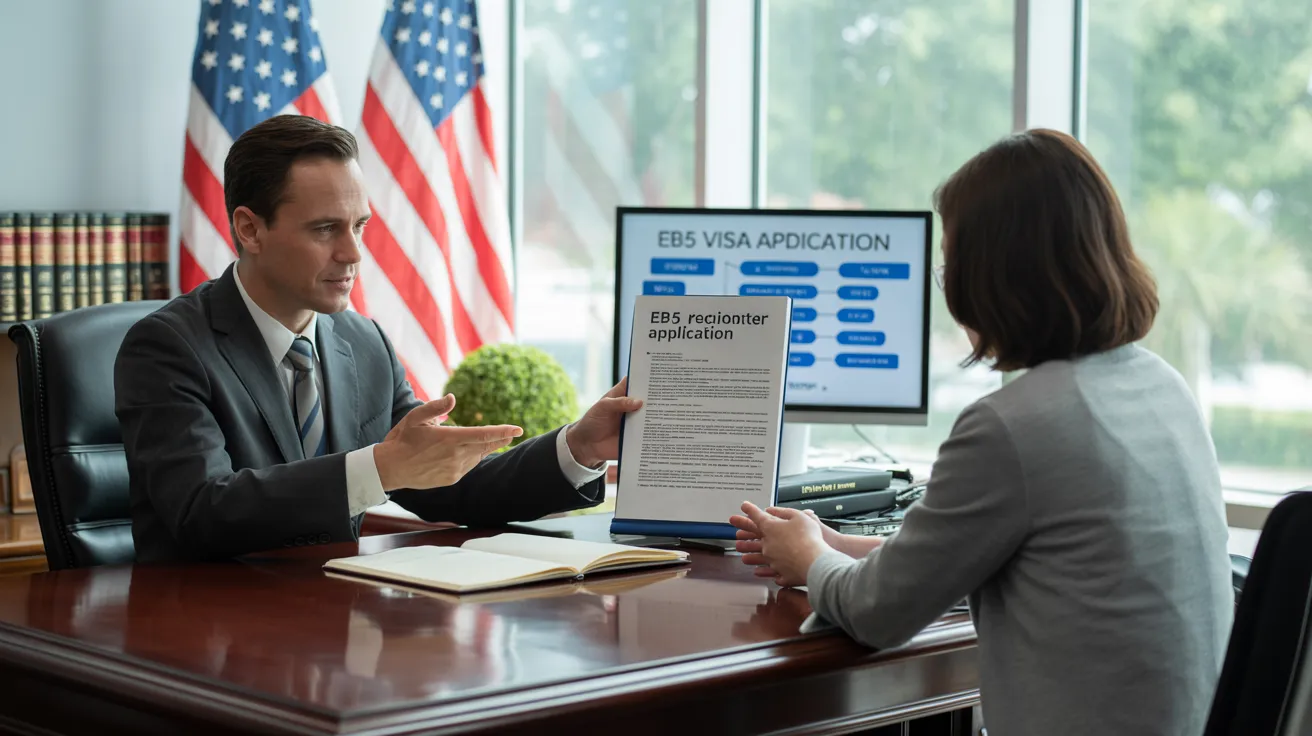L1 Visa Attorney Support
The 6-Minute Rule for L1 Visa
Table of ContentsL1 Visa for DummiesOur L1 Visa PDFs7 Simple Techniques For L1 VisaSome Known Factual Statements About L1 Visa A Biased View of L1 VisaThe smart Trick of L1 Visa That Nobody is Discussing
Offered from ProQuest Dissertations & Theses Global; Social Scientific Research Premium Collection. DHS Office of the Inspector General. Retrieved 2023-03-26.
U.S. Division of State. Fetched 22 August 2016. "Employees paid $1.21 an hour to mount Fremont technology business's computers". The Mercury News. 2014-10-22. Gotten 2023-02-08. Costa, Daniel (November 11, 2014). "Obscure short-term visas for international tech employees depress incomes". Capital. Tamen, Joan Fleischer (August 10, 2013). "Visa Holders Change Employees".
L1 Visa - An Overview
In order to be eligible for the L-1 visa, the international company abroad where the Recipient was utilized and the United state company need to have a qualifying partnership at the time of the transfer. The various kinds of certifying relationships are: 1.
Company A possesses 100% of the shares of Business B.Company A is the Parent and Business B is a subsidiary. There is a qualifying partnership between the 2 companies and Firm B ought to be able to fund the Recipient.
Company A possesses 40% of Company B. The remaining 60% is owned and controlled by Company C, which has no relationship to Company A.Since Company A and B do not have a parent-subsidiary partnership, Firm A can not fund the Recipient for L-1.
Example 3: Business A is integrated in the united state and intends to petition the Beneficiary. Company B is incorporated in Indonesia and uses the Beneficiary. Company A has 40% of Firm B. The continuing to be 60% is possessed by Firm C, which has no relationship to Firm A. Nonetheless, Business A, by formal arrangement, controls and complete handles Business B.Since Firm A has less than 50% of Business B yet manages and regulates the business, there is a certifying parent-subsidiary partnership and Company A can fund the Beneficiary for L-1.
L1 Visa Fundamentals Explained
Associate: An affiliate is 1 of 2 subsidiaries thar are both owned and managed by the same parent or person, or had and controlled by the same team of people, in primarily the exact same ratios. a. Instance 1: Firm A is integrated in Ghana and utilizes the Recipient. Firm B is integrated in the U.S.
Firm C, also integrated in Ghana, has 100% of Company A and 100% of Business B.Therefore, Business A and Business B are "affiliates" or sister firms and a certifying connection exists in between the 2 firms. Business B ought to have the ability to sponsor the Beneficiary. b. Instance 2: Company A is included in the united state
Company A is 60% had by Mrs. Smith, 20% owned by Mr. Doe, and 20% possessed by Ms. Brown. Business B is included in Colombia and currently uses the Recipient. Company B is 65% had by Mrs. Smith, 15% owned by Mr. Doe, and L1 Visa requirements 20% owned by Ms. Brown. Firm A and Business B are associates and have a certifying connection in 2 various methods: Mrs.
The L-1 visa is an employment-based visa category developed by Congress in 1970, permitting international firms to transfer their managers, execs, or essential employees to their United state operations. It is commonly referred to as the intracompany transferee visa.

Furthermore, the beneficiary must have worked in a managerial, exec, or specialized staff member setting for one year within the 3 years coming before the L-1A application in the foreign business. For brand-new office applications, foreign work should have remained in a supervisory or executive capacity if the beneficiary is concerning the United States to work as a manager or executive.
A Biased View of L1 Visa

If granted for an U.S. business operational for greater than one year, the preliminary L-1B visa is for up to 3 years and can be prolonged for an additional two years (L1 Visa). Alternatively, if the united state business is freshly developed or has been operational for less than one year, the first L-1B visa is issued for one year, with extensions available in two-year increments
The L-1 visa is an employment-based visa classification L1 Visa process developed by Congress in 1970, enabling multinational firms to transfer their managers, execs, or crucial personnel to their United state operations. It is frequently referred to as the intracompany transferee visa.
What Does L1 Visa Mean?
Furthermore, the recipient should have operated in a supervisory, executive, or specialized employee setting for one year within the three years preceding the L-1A application in the foreign company. For brand-new workplace applications, foreign work has to have been in a managerial or contact us executive ability if the recipient is involving the USA to work as a supervisor or executive.
for as much as seven years to oversee the operations of the united state associate as an exec or manager. If released for an U.S. business that has been functional for greater than one year, the L-1A visa is initially given for up to three years and can be expanded in two-year increments.
If provided for an U.S. firm functional for even more than one year, the preliminary L-1B visa is for up to three years and can be extended for an additional 2 years. On the other hand, if the united state firm is freshly developed or has been operational for less than one year, the preliminary L-1B visa is released for one year, with expansions available in two-year increments.